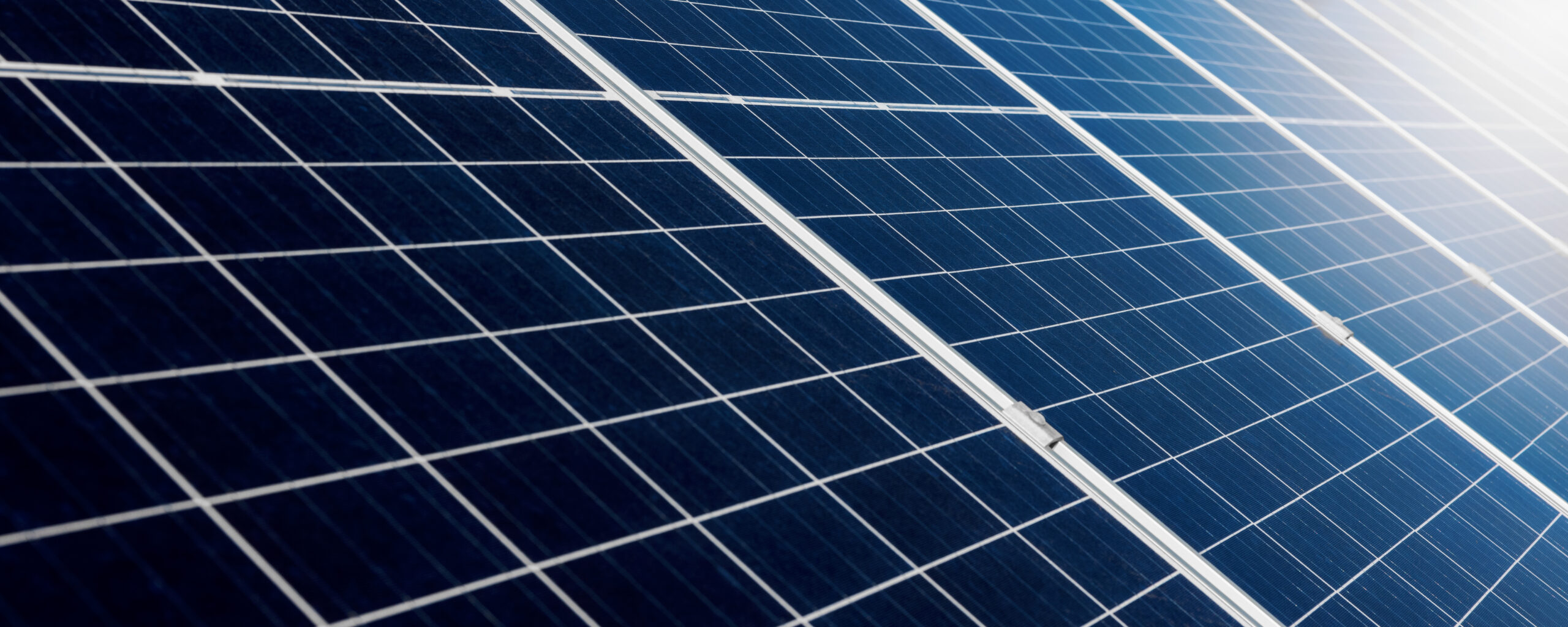
In 2022, the Inflation Reduction Act (IRA), paved the way to grow clean energy investments in the US by extending and adding new types of tax credits.
Its largest innovation, transferability, allows project developers and asset owners that generate clean energy tax credits to “transfer” or sell these credits to eligible investors to offset their US tax liability, in exchange for cash.
In 2025, the recent One Big Beautiful Bill Act (OBBBA) included changes to certain types of these tax credits, such as extending eligibility dates for battery storage and accelerating wind and solar sunset dates. It also established “Foreign Entity of Concern” rules that disqualify projects or components that are linked to certain countries.
Regardless of recent regulatory fluctuations, clean energy tax credits continue to bring essential capital towards the development of renewable energy projects across the US.
The country’s growing energy demand, the added flexibility of transferability in tax credits, and their fiscal benefits mean these instruments will continue to play a vital role in renewable energy development while helping companies to effectively manage their tax obligations.
What are the main types of clean energy tax credits?
There are 11 types of transferable clean energy tax credits in the US.
Production Tax Credits (PTCs) for renewable energy generation reward facilities for the amount of eligible clean electricity they generate over time. They have been around for more than 30 years in Section 45 of the US tax code and were further solidified and specified as future Section 45Y credits in the IRA:
- Renewable Electricity Production Credit – Section 45: for producing electricity from specific renewable sources. It applies to projects started before 2025.
- Technology-Neutral Clean Electricity Production Credit – Section 45Y: for the generation of clean electricity with zero or negative greenhouse gas emissions. It applies to projects placed in service in 2025 or later.
The renewable energy Investment Tax Credits (ITCs) have an even longer history on the federal level with its modern foundation in Section 48. ITCs provide an upfront percentage‑based credit on the cost of building qualifying projects. They will be replaced with technology-neutral ITCs in Section 48E:
- Energy Investment Credit – Section 48: for investment in renewable energy projects including solar, wind, geothermal, and energy storage. It applies to projects placed in service before 2025.
- Technology-Neutral Clean Electricity Investment Credit – Section 48E: for investments in projects generating clean electricity or qualified energy storage with zero or negative greenhouse gas emissions. It applies to projects placed in service in 2025 or later.
Both PTCs and ITCs, can be enhanced through adders; bonus percentages that increase the base credit if certain conditions are met, such as meeting domestic‑content requirements, locating projects in low-income communities, or so-called energy communities (areas with fossil‑fuel job losses, brownfield classification or nearby coal closures).
The IRA expanded tax credits to a range of new technologies and specific sectors:
- Zero-Emission Nuclear Power Production Credit – Section 45U: for electricity generated from qualified nuclear facilities, which began transacting in the second half of 2024 and supports historic investments.
- Clean Hydrogen Production Credit – Section 45V: for producing clean hydrogen with low lifecycle greenhouse gas emissions.
- Clean Fuel Production Credit – Section 45Z: for the domestic production of clean transportation fuels, including aviation fuels, beginning in 2025.
- Advanced Manufacturing Production Credit – Section 45X: production-based credit earned for producing and selling eligible clean energy components (solar, wind, batteries, critical minerals) manufactured in the US.
- Advanced Energy Project Credit – Section 48C: for investment in manufacturing facilities for clean energy products, with allocations made by the Department of Energy and the IRS.
- Alternative Fuel Vehicle Refueling Property Credit – Section 30C: for the cost of installing qualified refueling or recharging property, including EV charging stations, in low-income and rural areas.
- Carbon Oxide Sequestration Credit – Section 45Q: for capturing and storing CO2 emissions from industrial or energy projects.
Having the right partner is vital
Transferable tax credits enhance financial efficiency while supporting clean energy projects. In this evolving market, investors and project developers need the right tools and guidance to benefit from tax credit transfers.
With almost 20 years of experience in environmental and energy markets across the US, Marex helps finance professionals and project developers manage these transitions effectively, ensuring that industry players can fully benefit from tax credit transferability.
Beyond tax credits, Marex clients benefit from our comprehensive services across North American Renewable Energy Certificates (RECs), power, and capacity markets. Our deep market expertise across environmental asset classes, energy and commodities allows us to support investors and developers in negotiating and structuring deals, execution, and closing.
Get in touch
If you want to learn more about how your organization can navigate the renewable energy tax credit market, visit our tax credits page or contact our dedicated team to explore tailored solutions that meet your specific objectives.





